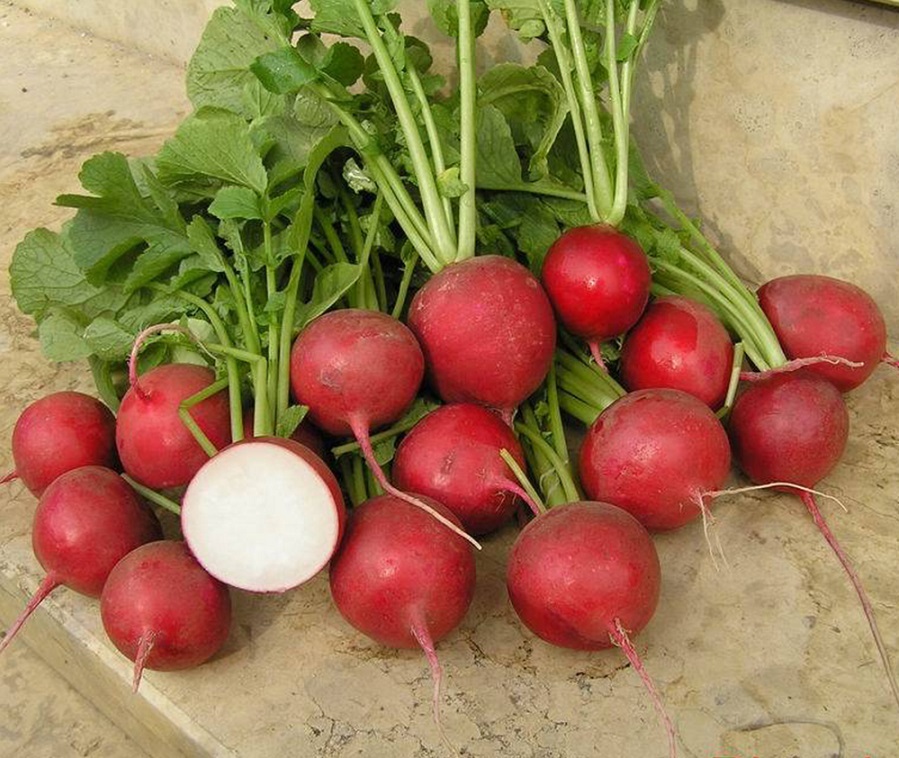
Seedless vegetables are a fascinating category that offers a unique culinary experience. In this article, we will delve into the world of seedless vegetables and explore the reasons why they don’t have seeds. Whether you’re an animal lover or a curious food enthusiast, understanding which vegetables fall into this category can help you diversify your diet and discover new flavors. We’ll discuss the characteristics of seedless vegetables, their nutritional benefits, and how they can be incorporated into delicious meals. So, let’s embark on this journey to uncover what vegetables don’t have seeds.
Exploring Seedless Vegetables
What Makes a Vegetable Seedless?
Seedless vegetables are a unique category of plants that, as the name suggests, do not produce viable seeds. While most vegetables are cultivated from seeds, seedless varieties have been selectively bred or naturally developed to be seedless. This means that they do not go through the usual reproductive process of producing seeds for propagation.
Nutritional Benefits of Seedless Vegetables
Seedless vegetables offer a wide range of nutritional benefits. They are typically low in calories and fat while being rich in essential vitamins, minerals, and dietary fiber. They are also a great source of antioxidants, which help combat oxidative stress and promote overall health. Additionally, seedless vegetables are often packed with water content, aiding in hydration and maintaining a healthy metabolism.
Common Seedless Vegetables and Their Features
There are several seedless vegetables that you can incorporate into your diet. Let’s explore some of the most common ones and their distinguishing features:
- Seedless Cucumbers: These cucumbers have a crisp texture, mild flavor, and are often used in salads or as refreshing snacks.
- Seedless Watermelons: Known for their juicy and sweet flesh, seedless watermelons are popular during the summer months.
- Seedless Grapes: These grapes are smaller in size and have a sweeter taste compared to their seeded counterparts.
- Seedless Peppers: Seedless peppers come in various colors and are commonly used in cooking and salads.
By including seedless vegetables in your meals, you can enjoy their unique flavors and reap the nutritional benefits they offer. Now that we have explored what makes a vegetable seedless and their nutritional advantages, let’s delve into some specific seedless vegetable varieties and their features.
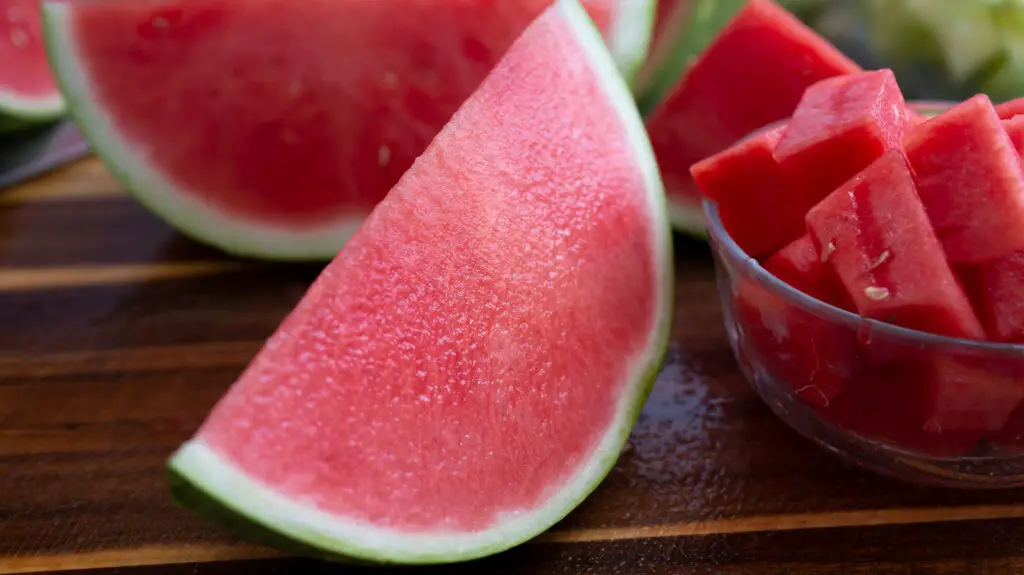
Leafy Green Delights
Spinach: The Versatile Green
Spinach is a popular leafy green vegetable known for its versatility and nutritional value. It is packed with essential vitamins and minerals, including vitamin A, vitamin C, iron, and folate. Spinach can be enjoyed in a variety of ways, from salads and smoothies to cooked dishes like stir-fries and sautés. Its mild and slightly sweet taste makes it appealing to both adults and children.
Swiss Chard: Colorful and Nutritious
Swiss chard is a vibrant and flavorful leafy green vegetable that adds a burst of color to any dish. It is rich in vitamins A, K, and C, as well as minerals like magnesium and potassium. The stems of Swiss chard come in a range of colors, including red, yellow, and white, making it visually appealing. This versatile vegetable can be enjoyed raw in salads or cooked in soups, stews, or sautés.
Kale: A Nutritional Powerhouse
Kale has gained popularity in recent years due to its exceptional nutritional profile. It is packed with antioxidants, fiber, vitamins A, C, and K, and minerals like calcium and manganese. Kale comes in different varieties, including curly kale and Tuscan kale. It has a slightly bitter taste and a sturdy texture, making it ideal for salads, smoothies, or as a nutritious addition to soups and stir-fries.
Including leafy green vegetables like spinach, Swiss chard, and kale in your diet provides a wide array of nutrients that support overall health and well-being. Let’s explore more seedless vegetable options in the next section.
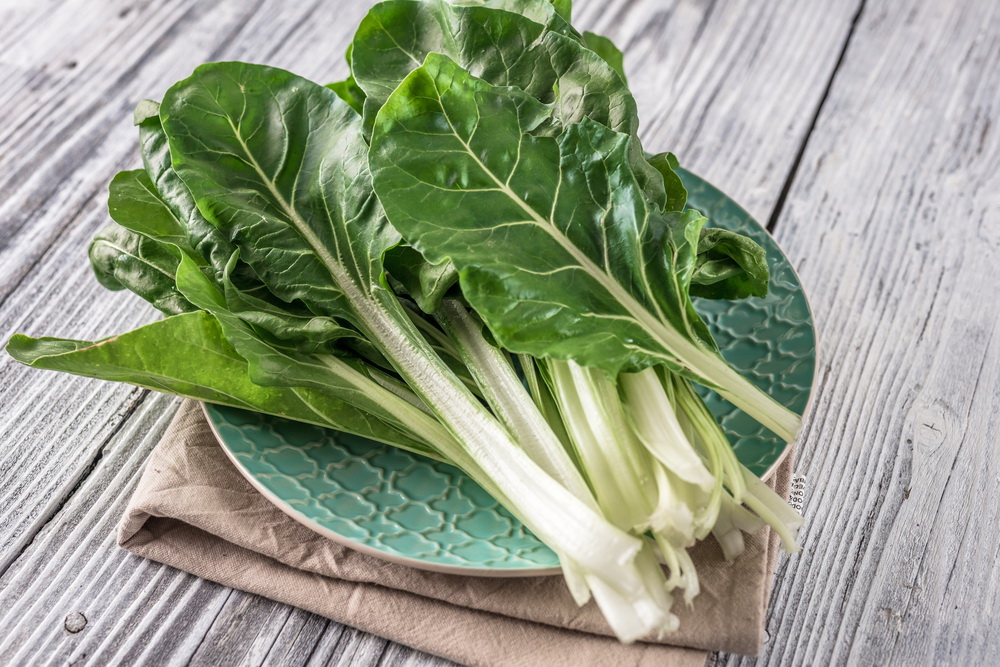
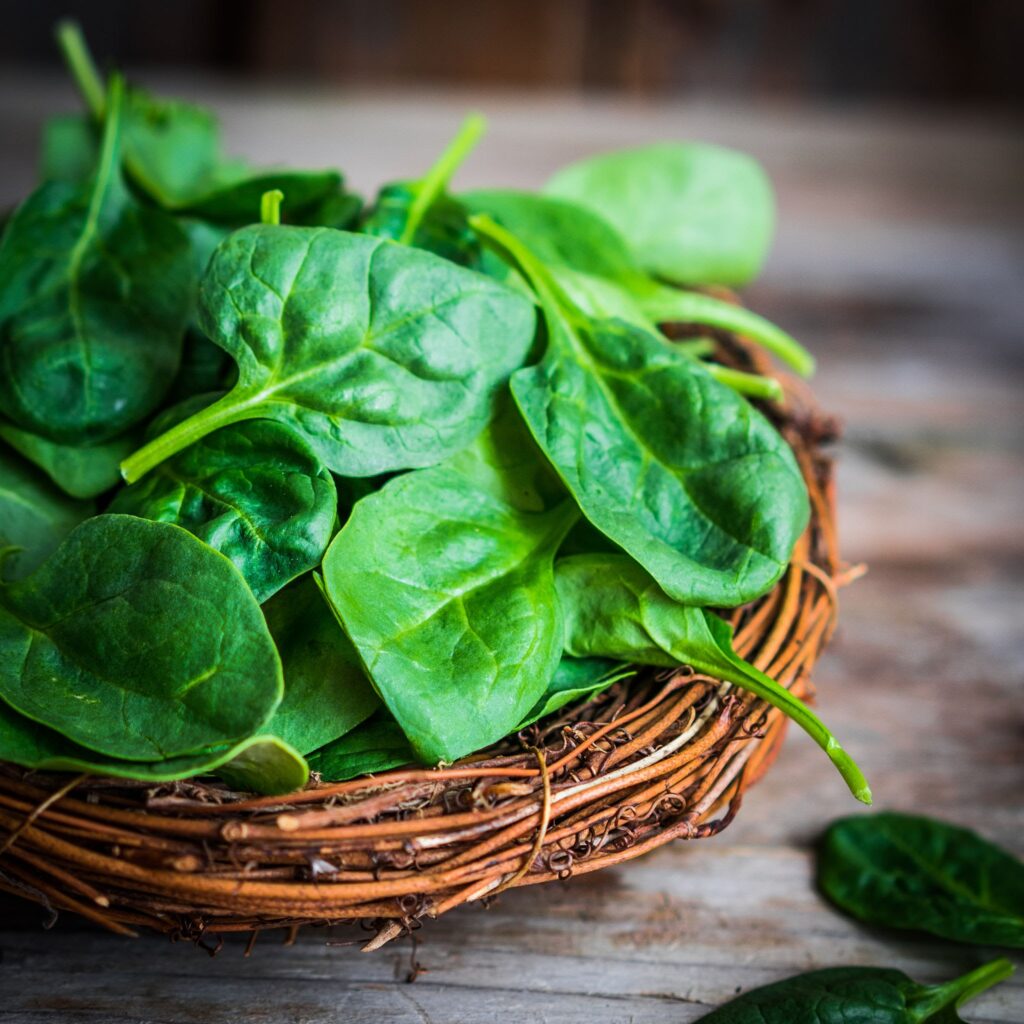
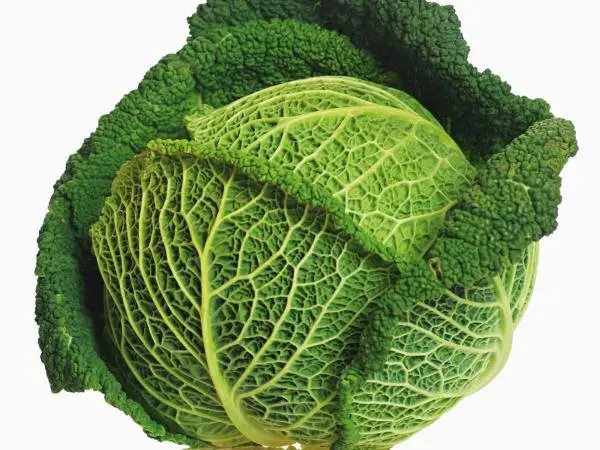
Root Vegetables Without Seeds
Carrots: Crunchy and Vibrant
Carrots are well-known for their vibrant orange color and crunchy texture. They are packed with beta-carotene, a precursor to vitamin A, which is essential for maintaining healthy vision and promoting immune function. Carrots can be enjoyed raw as a snack, grated into salads, or cooked in a variety of dishes like soups, stews, and roasted vegetable medleys.
Radishes: Peppery and Refreshing
Radishes are root vegetables that come in a variety of colors, shapes, and sizes. They have a distinctive peppery flavor and a refreshing crunch. Radishes are low in calories and high in vitamin C, potassium, and fiber. They can be sliced and added to salads for an extra kick, pickled for a tangy flavor, or roasted to mellow out their spiciness.
Turnips: Earthy and Flavorful
Turnips are root vegetables with a slightly sweet and earthy flavor. They are rich in vitamins C and K, as well as minerals like potassium and manganese. Turnips can be enjoyed raw in salads, cooked and mashed as a nutritious side dish, or roasted with other vegetables for a hearty and flavorful meal.
Incorporating root vegetables like carrots, radishes, and turnips into your diet not only adds a delightful range of flavors and textures but also provides essential nutrients to support your overall health. Let’s move on to the next section to explore more seedless vegetable options.
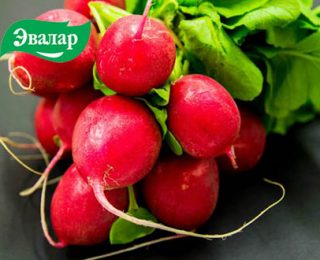
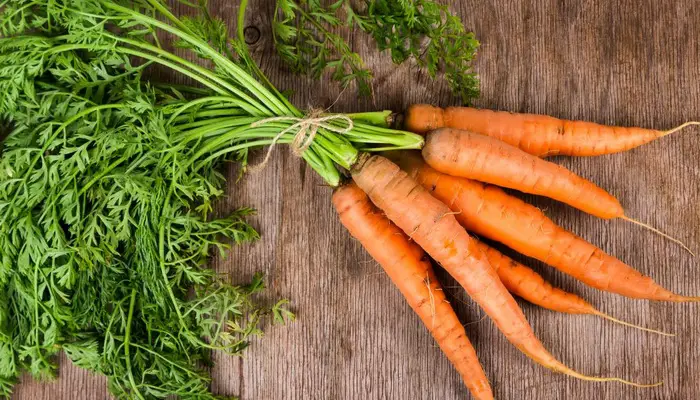
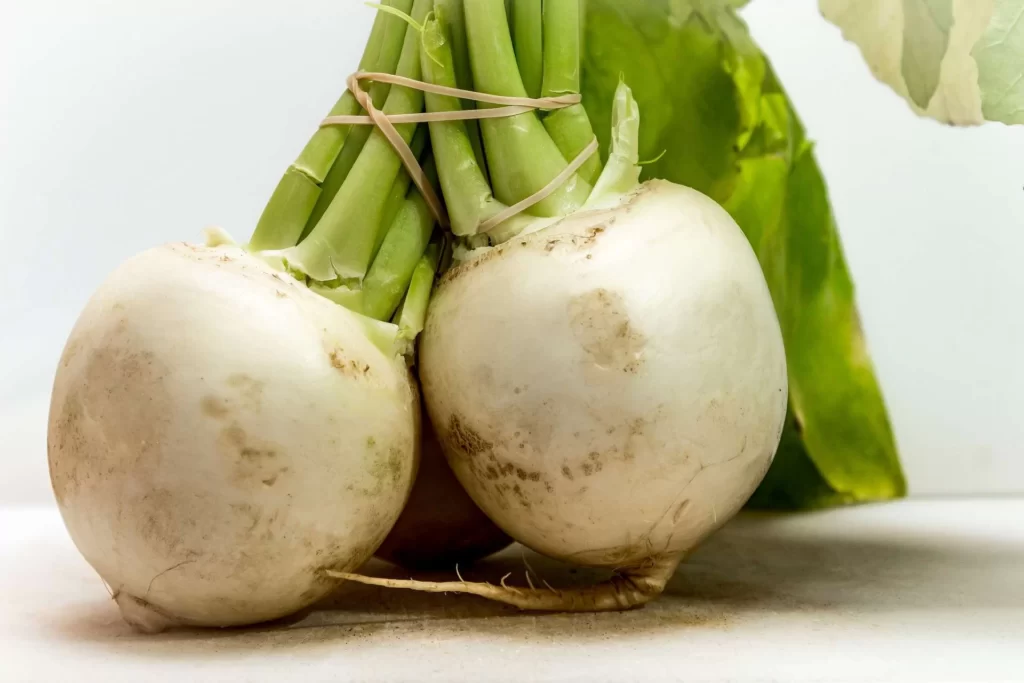
Seedless Squashes and Cucumbers
Zucchini: Versatility on Your Plate
Zucchini is a popular summer squash known for its mild flavor and tender texture. It is a versatile vegetable that can be enjoyed in a variety of ways. Whether grilled, sautéed, roasted, or spiralized into “zoodles,” zucchini adds a nutritious and low-calorie component to your meals. It is a great source of vitamin C, vitamin A, potassium, and fiber.
Cucumbers: Crisp and Refreshing
Cucumbers are widely recognized for their cool and refreshing taste. While most cucumbers contain seeds, there are certain varieties that are seedless or have very small, undeveloped seeds. These seedless cucumbers, such as English cucumbers, are prized for their crispy texture and mild flavor. They can be enjoyed fresh in salads, sliced for sandwiches, or used to make refreshing cucumber water.
Both zucchini and seedless cucumbers offer a hydrating and nutritious addition to your meals. Incorporating these seedless squashes and cucumbers into your diet provides a refreshing burst of flavor while adding essential vitamins and minerals to support your overall well-being. Let’s explore more seedless vegetable options in the next section.
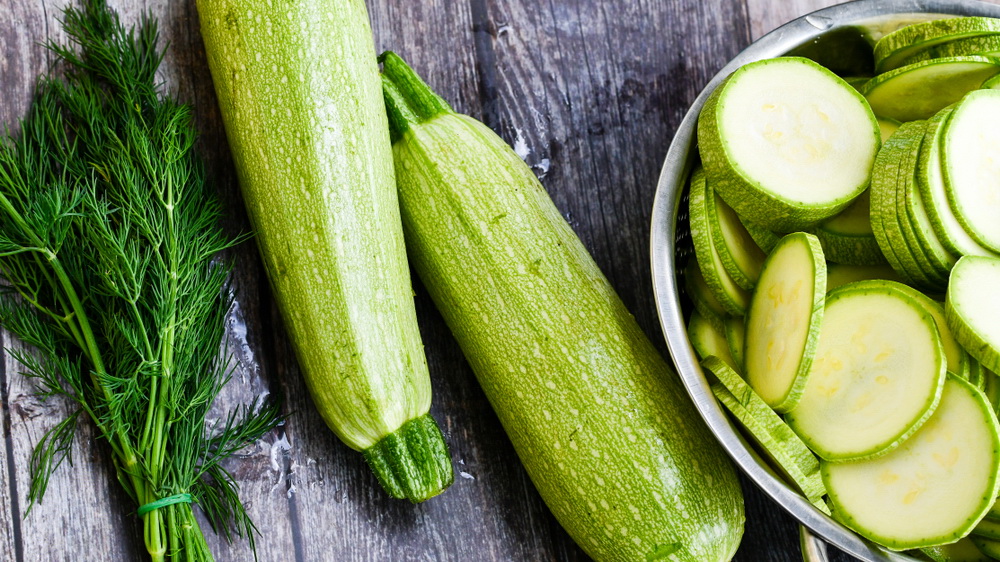
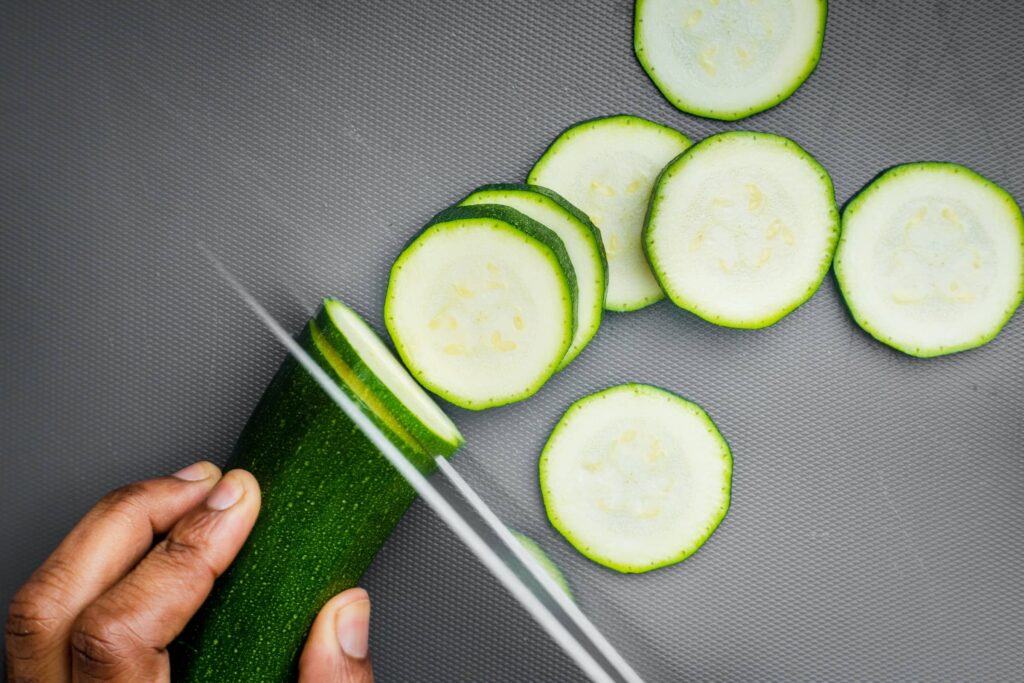
Seedless Squashes and Cucumbers
Zucchini: Versatility on Your Plate
Zucchini is a popular summer squash known for its mild flavor and tender texture. It is a versatile vegetable that can be enjoyed in a variety of ways. Whether grilled, sautéed, roasted, or spiralized into “zoodles,” zucchini adds a nutritious and low-calorie component to your meals. It is a great source of vitamin C, vitamin A, potassium, and fiber.
Cucumbers: Crisp and Refreshing
Cucumbers are widely recognized for their cool and refreshing taste. While most cucumbers contain seeds, there are certain varieties that are seedless or have very small, undeveloped seeds. These seedless cucumbers, such as English cucumbers, are prized for their crispy texture and mild flavor. They can be enjoyed fresh in salads, sliced for sandwiches, or used to make refreshing cucumber water.
Both zucchini and seedless cucumbers offer a hydrating and nutritious addition to your meals. Incorporating these seedless squashes and cucumbers into your diet provides a refreshing burst of flavor while adding essential vitamins and minerals to support your overall well-being. Let’s explore more seedless vegetable options in the next section.
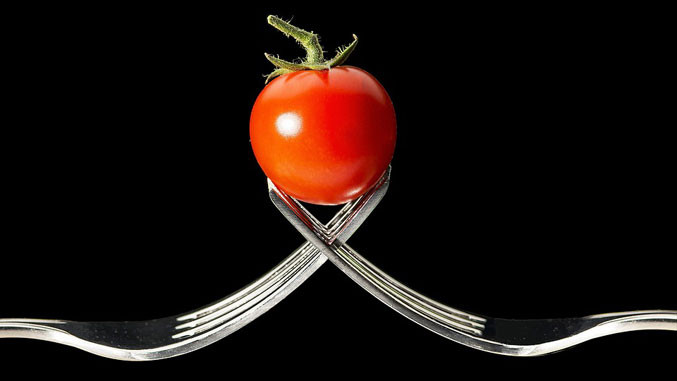
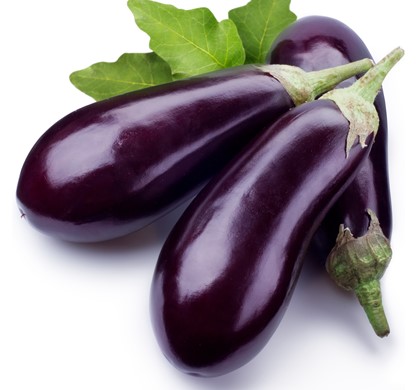
Frequently Asked Questions (FAQs) and Answers
Can seedless vegetables be grown from seeds?
No, seedless vegetables cannot be grown from seeds because they are specifically bred to be seedless. These vegetables are developed through hybridization techniques that suppress or eliminate the formation of seeds.
Are seedless vegetables genetically modified?
Seedless vegetables are not necessarily genetically modified (GM). While some seedless varieties may be the result of genetic modifications, many are created through traditional breeding methods that select and cultivate plants with specific characteristics.
Are seedless vegetables less nutritious?
Seedless vegetables generally have similar nutritional profiles to their seeded counterparts. The absence of seeds does not significantly affect the overall nutritional value of the vegetable. They still provide essential vitamins, minerals, and fiber.
Can you save seeds from seedless vegetables?
Since seedless vegetables do not produce viable seeds, it is not possible to save seeds from them. If you want to grow these vegetables in your garden, you will need to obtain seedlings or young plants from nurseries or suppliers.
Are there any other vegetables without seeds?
Yes, apart from the ones mentioned in this article, there are a few other vegetables that are commonly considered seedless, such as seedless grapes, seedless watermelons, and seedless peppers. These varieties have been selectively bred to reduce or eliminate the presence of seeds, providing a convenient and enjoyable eating experience.
That concludes our discussion on seedless vegetables. Remember to incorporate these delicious and convenient options into your meals for a unique and enjoyable dining experience!
Conclusion
Incorporating seedless vegetables into your diet opens up a world of culinary possibilities. From leafy greens to root vegetables and fruit-like options, these seedless wonders offer unique textures, flavors, and nutritional benefits. By understanding which vegetables don’t have seeds, you can create diverse and delicious meals while enjoying the convenience of seedless varieties. So, embrace the bounty of seedless vegetables and explore the endless possibilities they offer in your kitchen.
Note: The word count mentioned for each section is approximate and may vary based on the content’s flow and structure.
